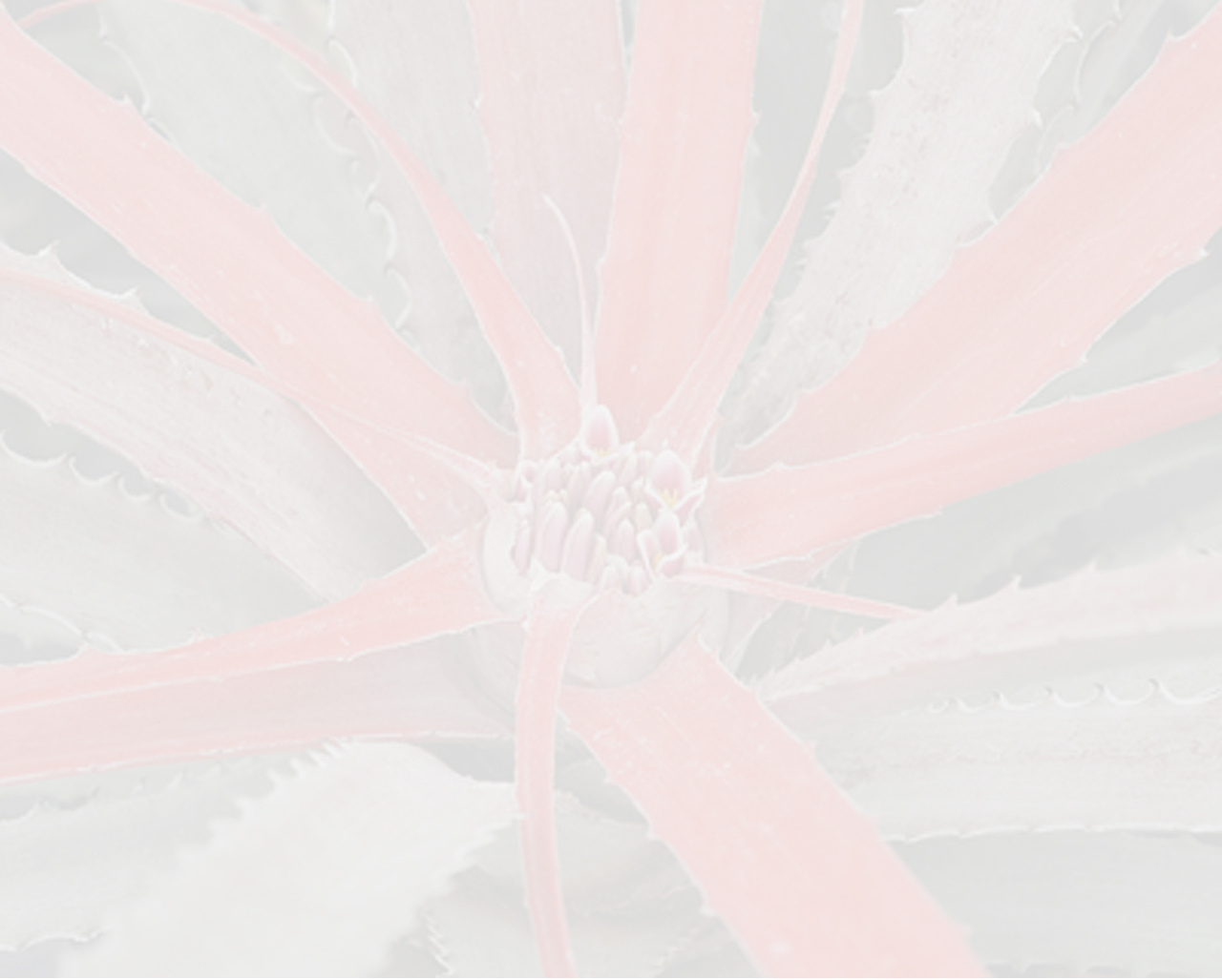

 Bromelia tenuifolia Esteves, Hofacker & Scharf[as Bromelia tenuifolia Esteves, Hofacker & Scharf]
Bromelia tenuifolia Esteves, Hofacker & Scharf[as Bromelia tenuifolia Esteves, Hofacker & Scharf]Diagnose: —Bromelia tenuifolia is morphologically related to B. minima Leme & Esteves, B. araujoi P.J. Braun, Esteves & Scharf and B. macedoi L.B. Sm. Bromelia tenuifolia differs from B. minima (data referring to B. minima in brackets) by the bigger plant body, before flowering ca. 79 cm high (before flowering ca. 35 cm high); many leaves, more than 80 (laxly, 10-15); blades ca. 92 cm long, at base 1.8 cm wide (ca. 32 cm long, at base ca. 1.2 cm wide); by the dense and bigger rosette ca. 130 cm in diam. (laxly, short, ca. 60 cm in diam.); teeth ca. 3.6 mm long, ca. 8 mm apart (2 mm long, 4 mm apart); inflorescence ca. 12 mm long, fertile part subcorymbose, paniculate, ca. 2.3 cm in diam. (sessile, capitate, ca. 1.5 mm in diam.); flower subpedicellate, ca. 50 mm long (nearly sessile, ca. 24 mm long); sepals erect and linear, pale cream, apex cucullate (ovate-elliptic, white, glabrous to glabrescent, apex narrowly rounded to emarginated); petals ca. 11 mm long, erect and obtuse, glabrous, rose (at least 15 mm long, cucullate, apical lilac); anthers ca. 7 mm long (5 mm long); fruit ca. 39 mm long (23 mm long). On the other hand, the new species presents some affinities to B. araujoi, but differs (data referring to B. araujoi in brackets) from it by the plant's height before flowering up to 79 cm (25 cm high); stolons ca. 5 cm long (6.4 cm long); leaves more than 80, spreading in a dense rosette, ca. 130 cm in diam. (about 27, in a lax rosette, ca. 80 cm in diam.); blade ca. 92 cm long (43 cm long); bracts of peduncle ca. 17, ca. 39 cm long (ca. 7, up to 11.5 cm long); inflorescence subcorymbose, ca. 12 mm high (erect, ca.43 mm high); flowersubpedicellate, ca. 50 mm long, 8 mm in diam. (sessile, ca. 71 mm long, 17 mm in diam.); sepals ca. 11mm long, 7 mm wide, carinate, cucullate, pale-cream (24 mm long, 4.7 mm wide, rose); petals ca. 11 mm long, rose (22 mm long, dark-blue); anthers ca. 7 mm long (5 mm long); style ca. 17 mm long, white to rose (23 mm long, white to bluish). Differences to B. macedoi (data referring to B. macedoi in brackets) are: Bromelia tenuifolia is before flowering ca. 79 cm high (ca. 12 cm high); stem ca. 5.3 cm long (stemless); leaves more than 80 (ca. 15 with its base partially sunken into the ground); blade ca. 92 cm long, at base ca. 1.8 cm wide, soon concave, long-attenuate, tapering and terete {1.8 cm wide); teeth predominately retrorse, ca. 3.6 mm long, 8 mm apart (laxly serrate with curved, 2 mm longteeth); inflorescence ca. 12 mm long, fertile part subcorymbose, 2.3 cm in diam. (subglobose, ca.4cm in diam., sessile in the center of the rosette); flower subpedicellate, ca. 50 mm long; sepals linear, carinate, ca. 11 mm long, with dense, long, ferruginous trichomes (free, elliptic, obtuse and cucullate, 15 mm long, sharply carinate, near apex dense, linear, ferruginous trichomes, petals ca. 11 mm long, glabrous, rose (narrow, erect, 20 mm long, glabrous).Edited from (03-08-2018): Esteves et al. 2013b. (protologue) New species in the genus Bromelia from the Cerrado biome of Central Brazil (part 4): Bromelia tenuifolia .